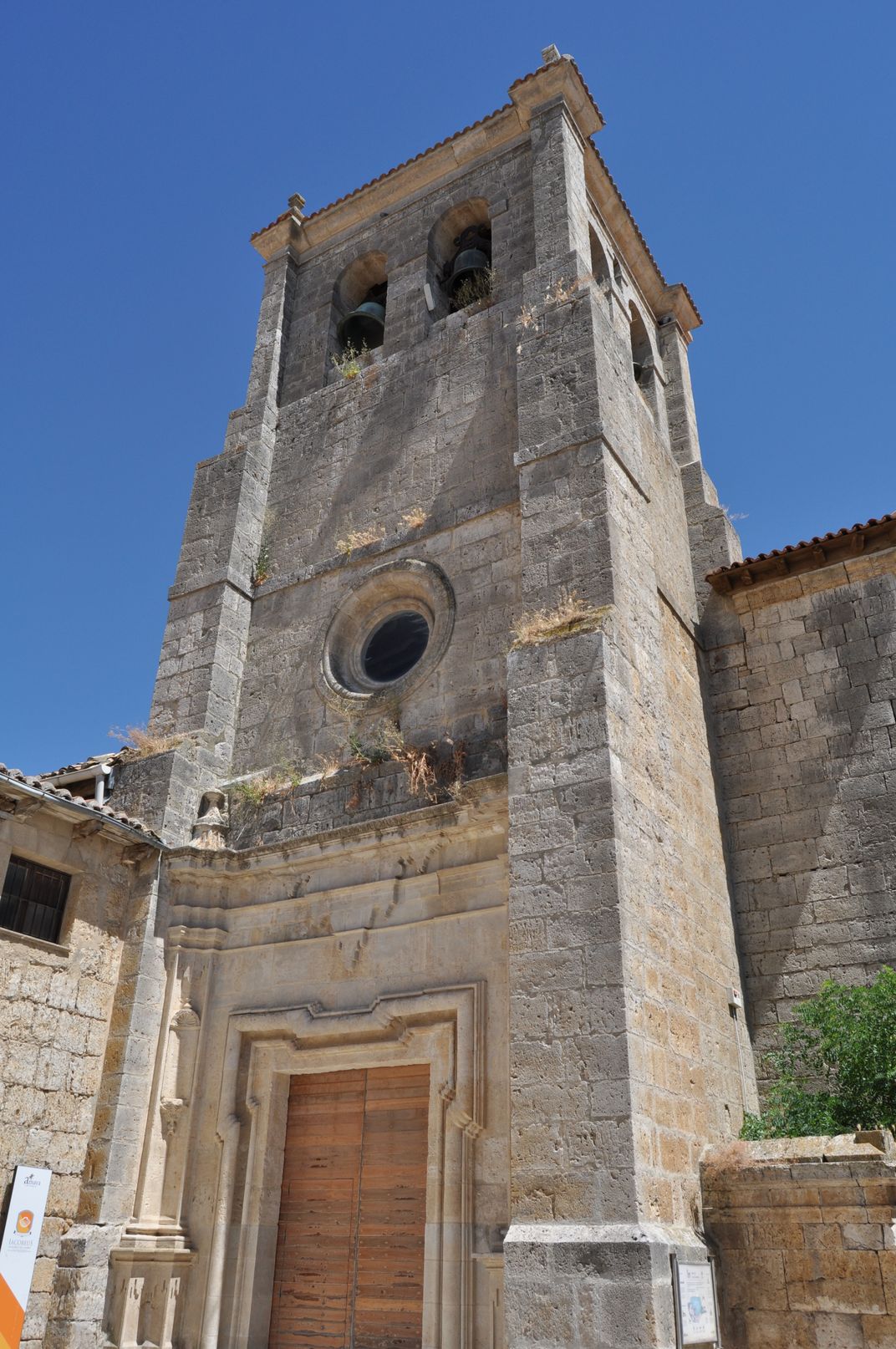With a Stolen Fragment Restored, This Stunning 17th-Century Tapestry Is Made Whole
Spanish authorities had all but given up the search for the missing piece, which was lost in a heist carried out by notorious art thief “Erik the Belgian”
:focal(1280x963:1281x964)/https://tf-cmsv2-smithsonianmag-media.s3.amazonaws.com/filer_public/be/ef/beef0e41-b667-4dbe-b0e5-5d12184f27bb/whole_tapestry.jpeg)
Police in Spain discovered the missing piece in an art history puzzle 42 years in the making, reported Spanish news outlet Agencia EFE last month.
The saga begins with a high-stakes heist that took place on November 7, 1980, in the remote town of Castrojeriz in northern Spain. In the early dawn hours, a notorious art thief snuck into town’s historic Catholic church and single-handedly stole six 17th-century Flemish tapestries created by Corneille Schutz, a follower of Peter Paul Rubens. The series depicted the muses of the classical liberal arts, with the largest woven work stretching 13 feet tall by 20 feet wide.
/https://tf-cmsv2-smithsonianmag-media.s3.amazonaws.com/filer_public/7b/e6/7be63da0-6f0e-4eea-9678-a75cb89d3799/context_in_2011.jpeg)
Per Agencia EFE, Interpol managed to recover all the tapestries within a couple of years, save for one maddening exception: The largest tapestry was missing a two-by-two-foot square cut from its lower left corner.
Authorities believed that the corner piece was lost forever. But last year, Ángel Alcaraz, an investigator with the Spanish National Police, decided to revisit the case while working on a research report about art thefts, reported Agencia EFE. Alcaraz eventually contacted one of the thief’s lawyers, who revealed that he knew the location of the missing piece.
Alcaraz’s efforts finally paid off when the fragment was returned to the church’s care in a formal ceremony, per a National Police statement, translated by Google. Police suspect that the thief had cut the small square from the larger work in order to frame it and attempt to sell it separately—but failed to do so.
/https://tf-cmsv2-smithsonianmag-media.s3.amazonaws.com/filer_public/e9/14/e91481c4-fd23-47c9-9085-f6c65b2d2e7e/erik-el-belga_1.jpeg)
In a separate Google-translated release from the Archdiocese of Burgos—which oversees the church and its affiliated museum—Alcaraz expressed relief at the fragment’s long-overdue recovery.
The missing square depicts one of the many small angels that decorate the borders of all six tapestries. “If heaven should lack one angel it would be a lesser heaven,” said Alcaraz at a press conference, according to a translation from Sam Jones of the Guardian. “And if this tapestry had lacked this little angel, it wouldn’t be the same tapestry. Today we are giving back to Castrojeriz something that should never have gone in the first place.”
Corneille Schutz, a Flemish textile artist and a student of painter Rubens, designed the tapestry series in Bruges around 1654, according to the Castrojeriz Museum of Sacred Objects. Titled La apoteosis de las artes or The Apotheosis of the Arts, the largest tapestry depicts a summary of the European medieval categories of education in the liberal arts. Each of the remaining six tapestries depicts one of the arts—such as Music, Astronomy, Mathematics, Philosophy or Grammar—as a female muse surrounded by the symbols of her craft. (This series is missing panels dedicated to Geometry and Rhetoric, per the museum.)
/https://tf-cmsv2-smithsonianmag-media.s3.amazonaws.com/filer_public/bd/96/bd967833-35ed-404b-960c-b9b8a7273690/part_of_the_same_series.jpeg)
Around 1980, it seems, the tapestries caught the eye of René Alphonse Ghislain van den Berghe, the prolific art thief better known in Spain as Erik “el Belga,” or Erik the Belgian. Born in Belgium in 1940, Van den Berghe studied fine arts and established an antiquities trade in his home city of Nivelles, where he purchased and resold items from castles and homes that had been abandoned during World War II, according to Spanish newspaper La Vanguardia.
His crime career ramped up “little by little,” the newspaper notes. He targeted small, underfunded museums and churches throughout Europe and moved to Spain full-time in the 1970s to continue his illicit work.
Per La Vanguardia, Van den Berghe estimates that he stole some 6,000 precious objects throughout his career. “Everything is easy to steal,” he said in a candid interview with Karmentxu Marín of El País in 2012. “It depends on who commissions you. They put in alarms, but whoever has placed them shows you how to disconnect them. They’re not a problem. The important thing is to have a client.”

The authorities eventually caught up to him. Van den Berghe was arrested in 1982 and imprisoned for three years until striking a cooperation agreement with police, reports the Guardian. He spent the final years of his life living in Málaga, Spain, helping police recover thousands of stolen heritage items before his death at 80 years old in 2020.
In the 2012 interview with El País, Van den Berghe openly chatted and joked about his former life. “I’m no small-time crook. I’m a high-class thief. I have stolen for the love of art and I have stolen luxury items.”
“Money has no luxury value,” he added, noting that he would have liked to try his hand at stealing the Mona Lisa.
/https://tf-cmsv2-smithsonianmag-media.s3.amazonaws.com/accounts/headshot/nora.png)
/https://tf-cmsv2-smithsonianmag-media.s3.amazonaws.com/accounts/headshot/nora.png)